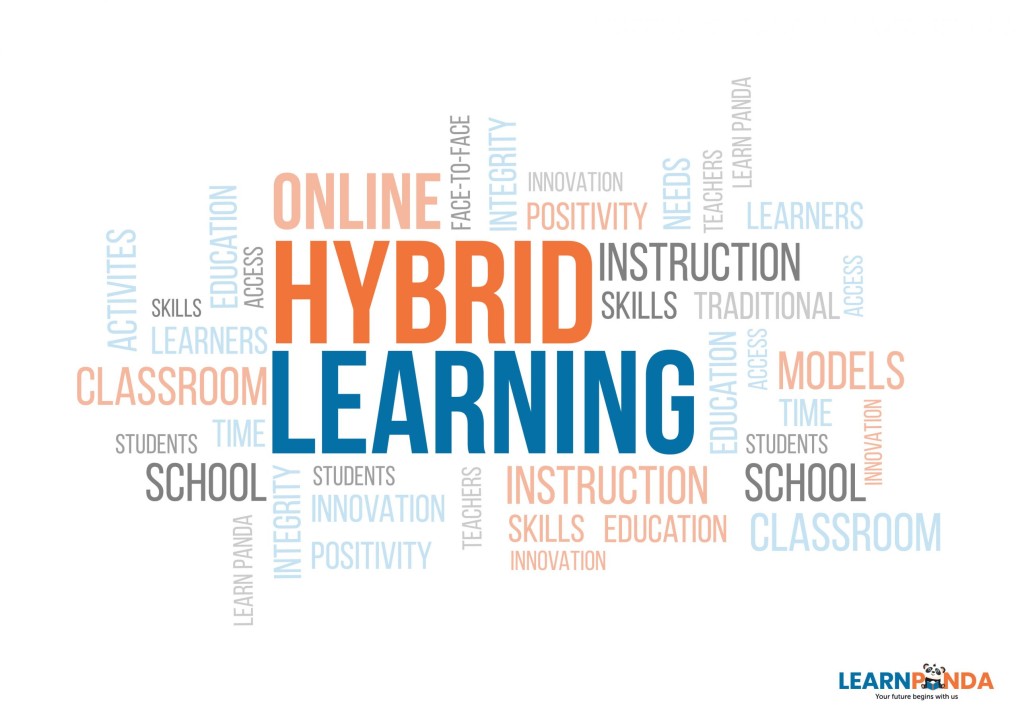For the last one and half years, close to 250 million students in India wake up every day and are expected to log in to their Zoom or Google Meet accounts to attend their schools. This is the approximate number of students currently studying in numerous private and government schools in India in different grades.
Unfortunately, there is a high possibility that close to 50% of these students do not log in at all for a variety of reasons. This is likely to lead to a very difficult situation when things return to normal.
This raises very serious questions about the quality of education and in the country and hence about the future of our children. What is the best method of education going ahead? Is offline better or online? Is there some way we can give the best of both worlds to our children? Let us find out!
Before we understand what is better for our kids, it is important to know the major positives & negatives of both methods of knowledge dissemination. Here are the fundamental ones.
· Safety
The biggest advantage that technology offered the education sector was that students could stay within the safety of their homes and continue to attend their daily classes. This meant that students, especially the younger ones, need not be exposed to the virus outside their homes.
· Convenience
Initially, lockdowns forced schools to down their shutters over the fear of spreading the pandemic and to keep the student community safe. But soon, technology stepped in and allowed schools and students to meet online. Today, most schools have moved online and are conducting their regular classes there. While online does have its own drawbacks, it nevertheless allowed the classes to be held. Online education had already gained a foothold in the fields of Executive education and competitive exams, but it had not found a gap to penetrate the primary and pre-primary segments. The pandemic acted as a catalyst and hastened the transition of these classes to online.
· Personal Touch
A typical offline session has about 50 odd kids in every class. In a regular offline class, the teacher is able to give personal attention to every student while s/he is in class. One glance and s/he is able to feel the pulse of the class instantly. The teacher lost this ability when the class was held online. The power of personalization was the biggest victim of online education.
· Individual monitoring is not possible.
In an offline class, the teacher is able to spot the weak performers very easily and can give some extra attention to them. But unfortunately, in an online class, the teacher is handicapped. S/he is unable to spot the students who are lagging behind. While one-on-one training sessions are possible which allows for the best personal monitoring, their costs are prohibitively high making little economic sense to most parents.
· Infrastructure is weak
A recent global survey revealed that India has one of the slowest internet speeds. In fact, compared to last year, India dropped two places and today stands at #59 in a list of 110 countries across the globe! Add to this the economic constraints of Indian families. For the year 2019-20, the Per Capital income for India was pegged at Rs. 1,35,050. Even if we consider a budget smartphone that starts at a modest Rs. 5000, it proves to be a costly proposition. Then, there was the cost of data. Though considered as one of the lowest in the world, for such low Per Capita income levels, even these lowest rates present an insurmountable obstacle. To make matters even worse, if the family has two or more school-going kids, then the situation becomes impossible to manage. The family simply cannot afford to get its kids to join online classes thus forcing them to forgo formal education it completely!
· Attention span of students
One of the biggest drawbacks of online education is the poor attention span of students. Unlike playing games that get their eyeballs glued to the screen, formal education fails to generate the same response. While this gets managed to the same extent in a physical class, it is next to impossible for the teacher to monitor this online. So, while the student may be physically present in the online class, s/he is mentally absent.
· Lack of socializing opportunities
Besides imparting education, a school is an excellent source of learning about life. A school is where young individuals forge friendships, have fun and develop the art of socializing that helps them in their grown-up life. But online education deprives students of this privilege completely.
It is not that everything about online education is bad, there are good things too which offline education can never provide.
However, with the world’s biggest vaccination drive currently underway, many experts believe that India will be able to tame the pandemic very soon. This means that normalcy may return in a very short span of time thus allowing schools to reopen.
I believe that it is time for both parents and the school management to charter the right way forward. The million-dollar question is what should be the future mode of learning online, offline, or a hybrid model?
Though the pandemic may wane, social distancing norms are unlikely to be relaxed anytime soon. This will force academicians to think of innovative solutions to make sure that the students don’t suffer.
Personally, I have seen both sides of the coin, online as well as offline. Hence, I believe that going hybrid is the right way forward. Here are my thoughts.
· Tough subjects / Easy Subjects
Certain subjects need a lot of theory and concepts to be explained for students to understand, while others are relatively easier. Schools may want to segregate such subjects and conduct physical classes for the tougher ones and online sessions for easier ones. This would limit a student’s exposure to the outside world to some extent.
· Alternate day
A class could be divided randomly into two. One batch of students could be called today and the other one tomorrow. While this may reduce the speed of the session and even the teacher would be forced to repeat the session the next day, at least it is safer given the social distancing norms. The composition of the batch could be reshuffled periodically to make sure that students learn socializing skills as well.
· Simultaneous online-offline session
This is the modified version of the alternate Day described above. Any session could be conducted both online as well as offline simultaneously. While this may involve some investments (hardware & data costs) on the school’s part and from the parents, the speed of the session will be much faster here.
Besides the ones mentioned above, there may be some more options which could be tried and adapted to suit the local conditions. However, one thing is for sure.
The way forward is not online or offline alone, but a mix of the two!





